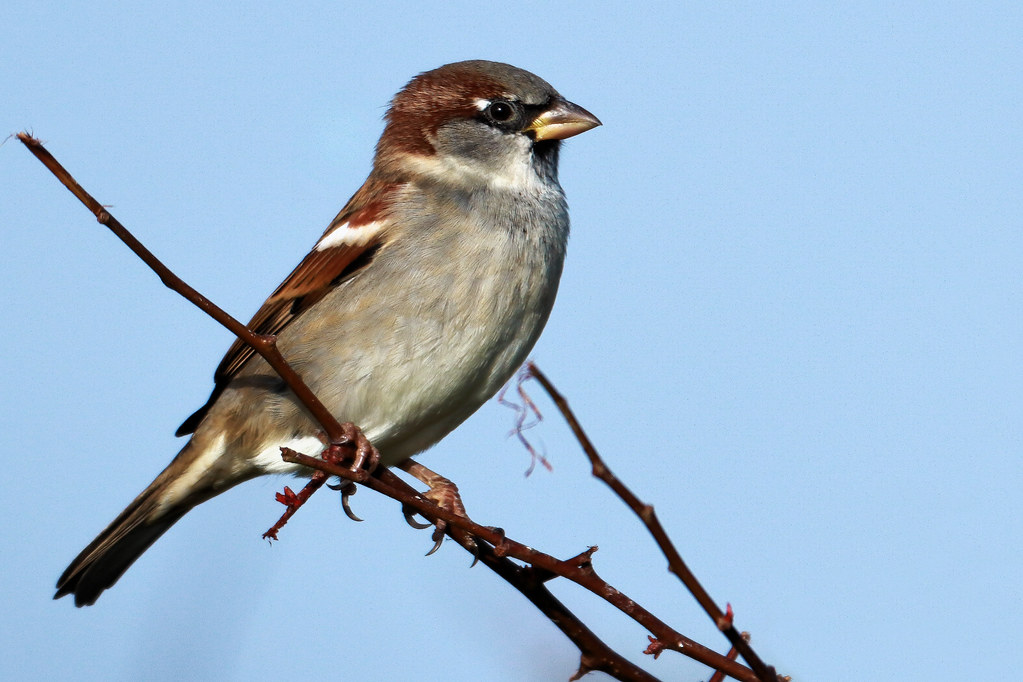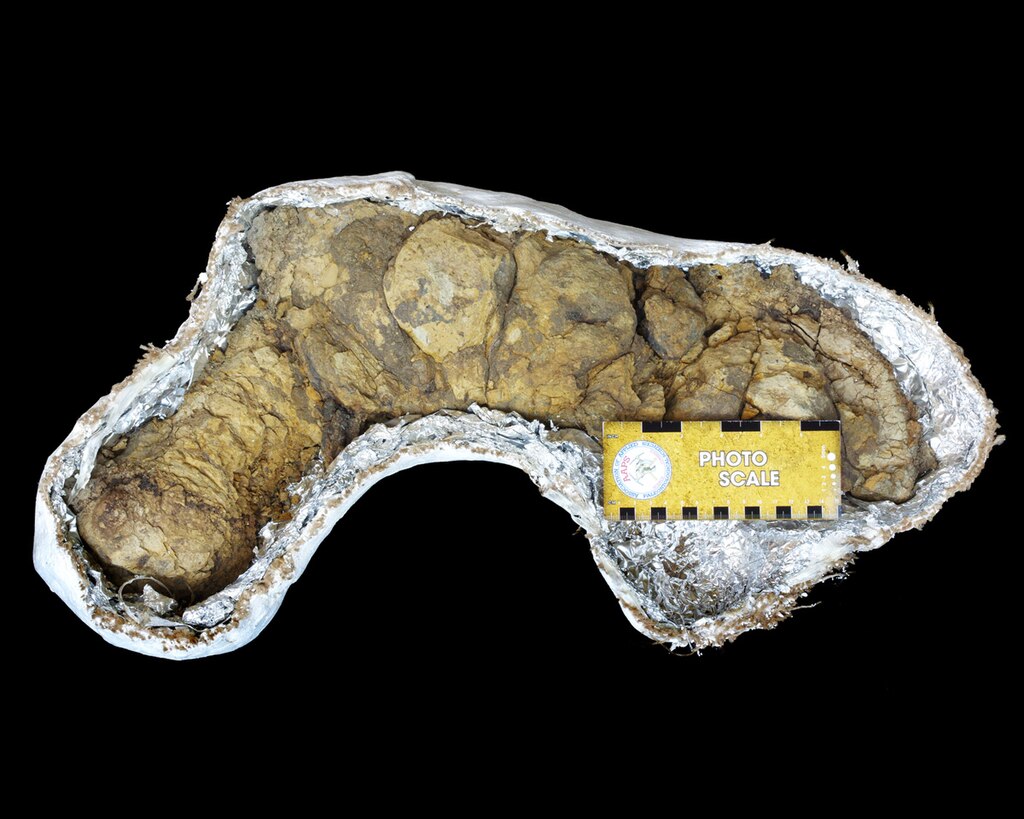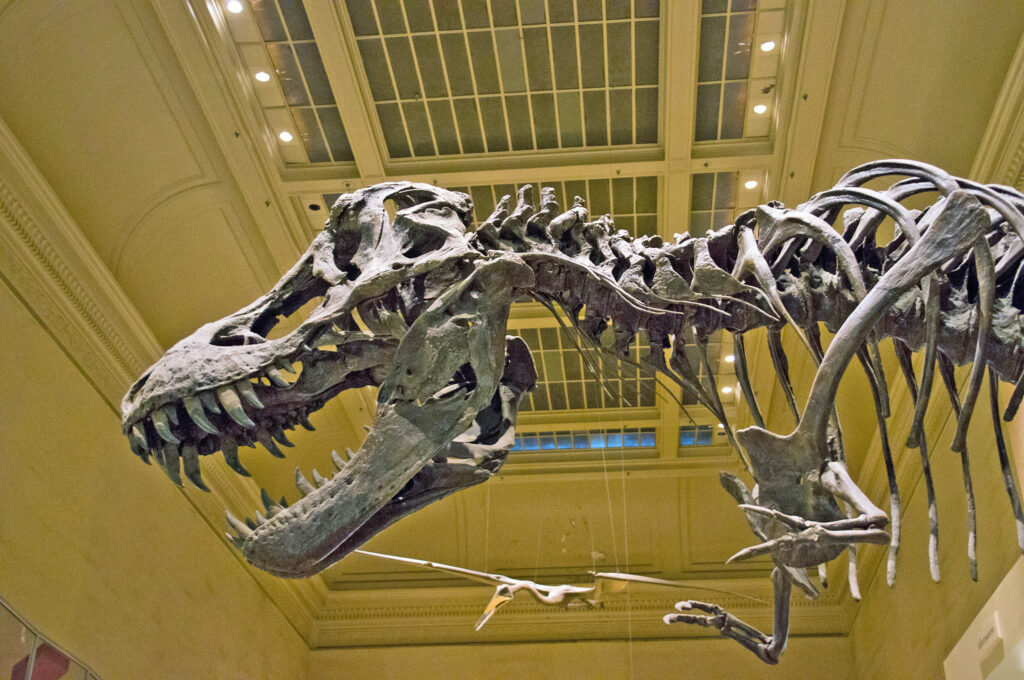Picture this: you’re carving a turkey at Thanksgiving dinner, and you suddenly realize you’re holding the descendant of a ferocious predator that once ruled the Earth. That seemingly harmless bird on your table carries within its DNA the legacy of creatures that made T. rex look like a gentle giant. The connection between modern birds and ancient dinosaurs isn’t just fascinating—it’s mind-blowing when you understand how dramatically life has transformed over millions of years.
The Shocking Truth Hidden in Plain Sight
Every time you watch a sparrow hop across your lawn or hear a crow caw in the distance, you’re witnessing living dinosaurs in action. This isn’t science fiction or wishful thinking—it’s a hard scientific fact that has revolutionized our understanding of prehistoric life. Birds aren’t just related to dinosaurs; they are dinosaurs, representing the only surviving lineage of these magnificent creatures that dominated our planet for over 160 million years.
The revelation that birds are dinosaurs fundamentally changed paleontology forever. Scientists now classify birds as avian dinosaurs, while everything else we traditionally call dinosaurs are termed non-avian dinosaurs. This discovery means that dinosaurs never actually went extinct—they evolved wings and learned to fly.
Feathers: The Revolutionary Discovery That Changed Everything
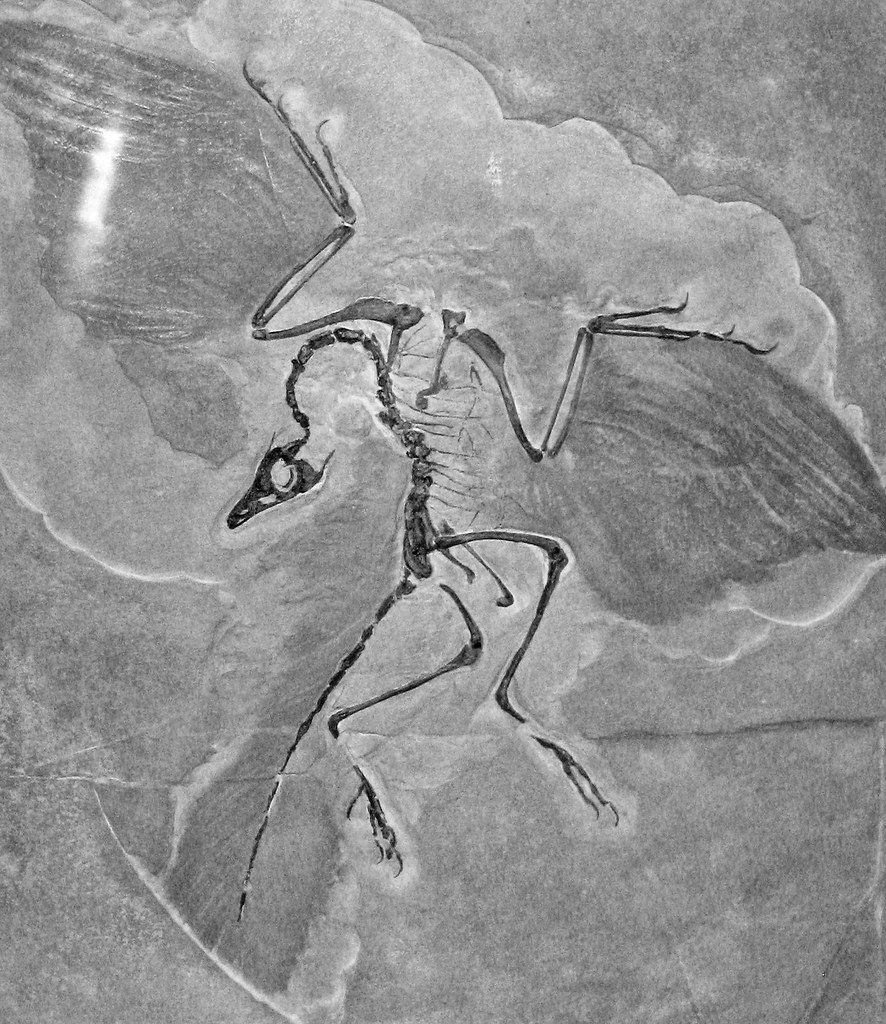
The first breakthrough came in 1861, when researchers discovered Archaeopteryx, a creature that resembled a dinosaur but had unmistakable feathers. This fossil was so extraordinary that it sparked heated debates that continue today. What made this discovery revolutionary wasn’t just the presence of feathers, but the realization that feathers originally evolved for purposes other than flight.
Modern research reveals that feathers likely first appeared for insulation and display purposes, much like the colorful plumage we see in today’s birds. Many non-avian dinosaurs sported elaborate feathered crests and tail fans that would make a peacock jealous. These prehistoric creatures used their feathers to attract mates, regulate body temperature, and intimidate rivals.
The variety of feather types found in dinosaur fossils is staggering. Some had simple, hair-like proto-feathers, while others developed complex flight feathers identical to those found on modern birds. This diversity suggests that feathers evolved gradually over millions of years, with different species developing different feather types for various survival advantages.
Hollow Bones and Ancient Breathing Systems
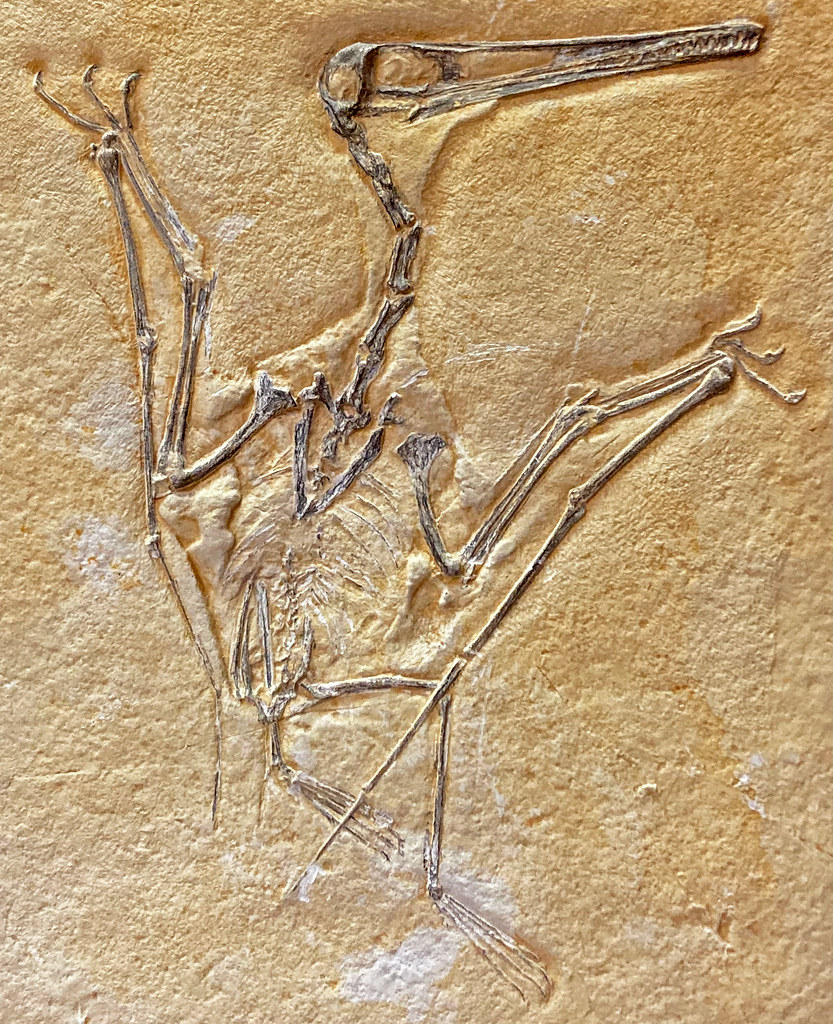
One of the most compelling pieces of evidence linking birds to dinosaurs lies in their remarkably similar skeletal structures. Both groups share hollow bones that make them incredibly lightweight without sacrificing strength. These pneumatic bones aren’t just empty spaces—they’re connected to an intricate air sac system that revolutionized breathing efficiency.
This advanced respiratory system allowed both ancient dinosaurs and modern birds to extract oxygen more efficiently than mammals. The system works by creating a continuous flow of air through the lungs, rather than the in-and-out breathing pattern we use. This adaptation was crucial for the high-energy lifestyle of active predators and, later, for the demanding process of flight.
The implications of this discovery extend far beyond simple anatomy. It suggests that many dinosaurs were warm-blooded, active creatures rather than the cold-blooded, sluggish reptiles depicted in older movies. This metabolic revolution helps explain how dinosaurs could grow so large and remain active in various climates around the world.
The Velociraptor Connection: From Killer to Canary
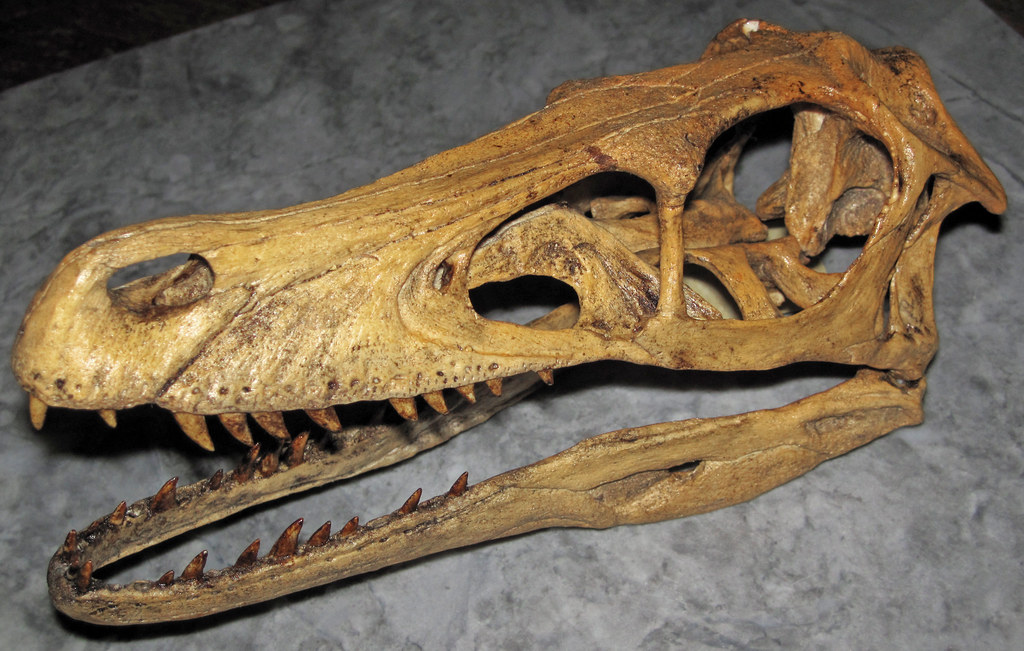
Perhaps no dinosaur captures the imagination quite like Velociraptor, but the real creature was far different from Hollywood’s portrayal. About the size of a large turkey, these agile predators were covered in feathers and possessed a killing claw that could slice through prey with surgical precision. Their descendants didn’t lose this predatory instinct—they simply adapted it for different purposes.
Modern raptors like hawks and eagles retain many of the same hunting strategies used by their dinosaur ancestors. They use their sharp talons to capture prey, demonstrate remarkable intelligence in problem-solving, and show complex social behaviors. The main difference is that today’s raptors strike from above rather than chasing prey on the ground.
The family tree connecting Velociraptor to modern birds is surprisingly direct. Both belong to the same group called maniraptorans, which means “hand snatchers.” This family includes not just birds of prey, but also songbirds, waterfowl, and yes, even that turkey on your dinner table.
Wishbones and Wrist Bones: Anatomical Smoking Guns
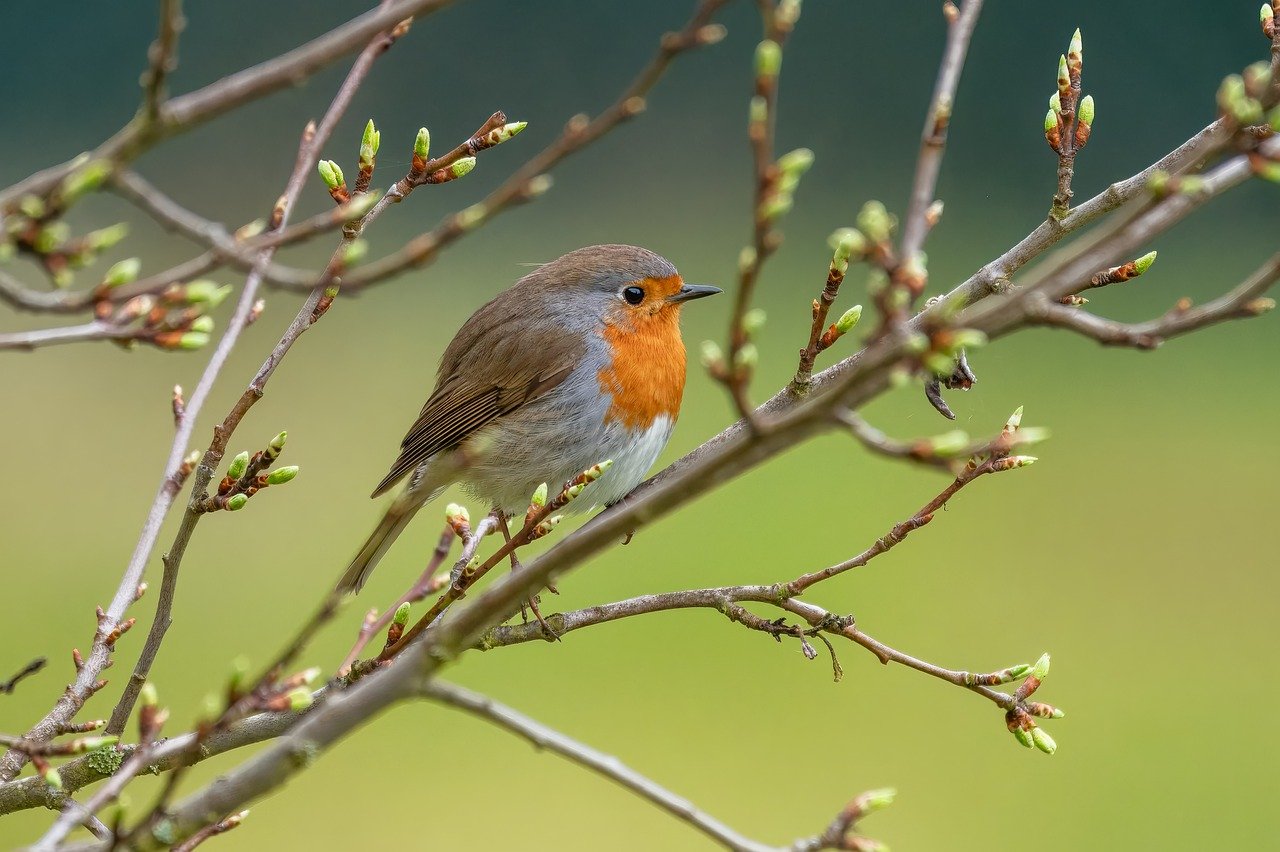
The wishbone you break at Thanksgiving dinner is a fusion of two collarbones called a furcula, and it’s one of the strongest anatomical links between birds and dinosaurs. This distinctive V-shaped bone has been found in numerous dinosaur species, from massive T. rex specimens to tiny feathered raptors. The wishbone serves a crucial function in flight mechanics, acting like a spring that stores and releases energy during wing beats.
Even more revealing are the wrist bones that allow birds to fold their wings against their bodies. This same folding mechanism has been discovered in dinosaur fossils, suggesting that long before flight evolved, dinosaurs were already developing the anatomical machinery necessary for wing movement. Some dinosaurs likely used this folding ability to tuck their feathered arms while running or to create dramatic displays during courtship.
The three-fingered hand structure found in dinosaurs also persists in modern birds, though it’s hidden within the wing structure. Careful anatomical studies reveal that bird wings contain the same three fingers found in dinosaur fossils, just modified for flight rather than grasping prey.
Eggs, Nests, and Parenting: Family Values Across Millennia
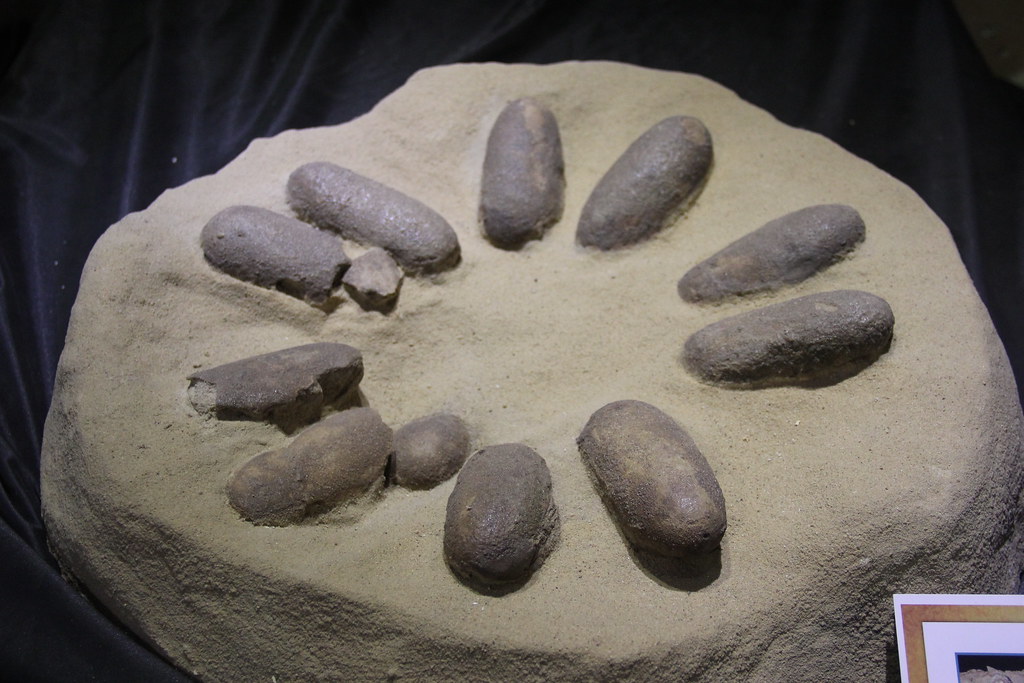
The discovery of dinosaur nesting sites has revealed parenting behaviors that mirror those of modern birds in remarkable detail. Dinosaur eggs were often arranged in circular nests, with parents carefully positioning each egg for optimal incubation. Some dinosaur species even covered their eggs with vegetation to regulate temperature, exactly like modern megapodes do today.
Fossilized evidence shows that many dinosaur parents sat on their nests just like brooding birds, using their body heat to keep eggs warm. The famous “Big Mama” Oviraptor fossil shows a parent dinosaur died while protecting its nest, its arms spread over the eggs in a protective embrace. This maternal instinct has been passed down through 65 million years of evolution.
Parent dinosaurs also fed their young after hatching, bringing food back to the nest and caring for helpless babies. This extended parental care is a hallmark of both dinosaurs and modern birds, setting them apart from most reptiles that abandon their offspring immediately after laying eggs.
The Great Extinction: How Birds Survived the Apocalypse

When the asteroid struck Earth 66 million years ago, it didn’t just end the age of dinosaurs—it created one of the most dramatic evolutionary bottlenecks in history. The impact eliminated all non-avian dinosaurs, but several bird lineages managed to survive this global catastrophe. Understanding how they accomplished this feat provides crucial insights into both past and future survival strategies.
The surviving birds were likely small, ground-dwelling species that could find shelter and food in the post-impact wasteland. Their ability to fly wasn’t necessarily the key to survival—many flying species went extinct alongside their earthbound cousins. Instead, dietary flexibility and small body size seemed to be the winning combination during this dark period.
These survivor birds became the ancestors of all modern bird species, representing one of evolution’s most remarkable comeback stories. From perhaps just a few dozen species that survived the extinction, birds diversified into over 10,000 species we see today, making them one of the most successful vertebrate groups on Earth.
Molecular Evidence: DNA Doesn’t Lie
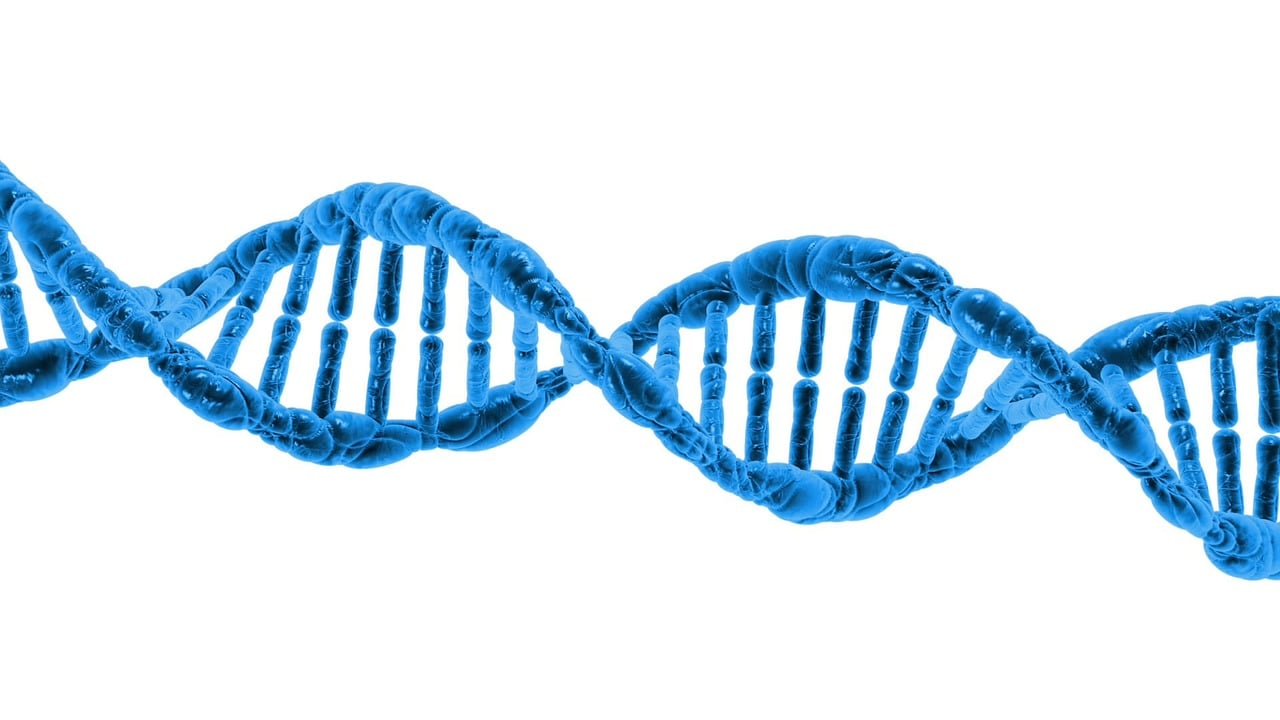
While fossils provide compelling visual evidence, molecular biology has delivered the final proof of bird-dinosaur relationships. DNA analysis reveals that birds are most closely related to crocodilians among living animals, both belonging to a group called archosaurs. This molecular evidence perfectly matches what paleontologists predicted based on fossil anatomy.
Scientists have even recovered proteins from dinosaur fossils, including collagen from T. rex bones that shows remarkable similarity to bird proteins. These molecular remnants, preserved for millions of years, provide a direct biochemical link between ancient dinosaurs and modern birds. The protein sequences are so similar that they essentially prove common ancestry beyond any doubt.
Genetic studies of modern birds have also revealed how rapidly they diversified after the extinction event. The avian family tree shows an explosive radiation of new species in the few million years following the asteroid impact, suggesting that surviving birds quickly adapted to fill ecological niches left vacant by their extinct relatives.
Living Dinosaurs in Your Backyard
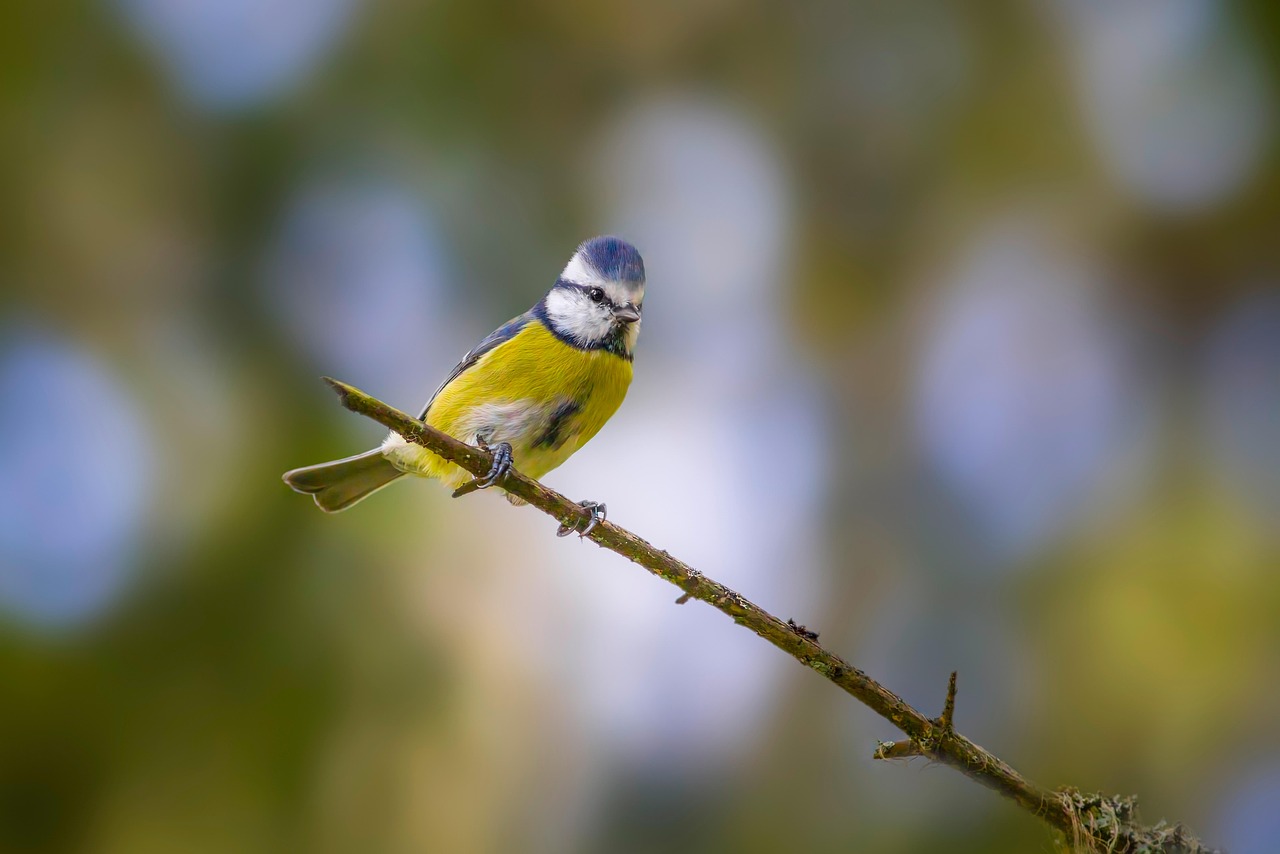
The next time you watch a robin pulling worms from your lawn, remember that you’re observing a direct descendant of Tyrannosaurus rex. That robin’s hunting behavior, its alert posture, and its quick movements all echo the predatory instincts of its dinosaur ancestors. Even the way it cocks its head to listen for prey underground mirrors the sensory strategies used by dinosaurs millions of years ago.
Chickens, perhaps the most domesticated of all birds, retain surprising dinosaur-like behaviors when allowed to roam freely. They hunt small animals with precision, establish complex social hierarchies, and use vocalizations to communicate threats and discoveries. Their scratching and pecking motions are virtually identical to behaviors seen in fossil trackways left by small dinosaurs.
Even the most seemingly gentle songbirds display remarkable aggression when defending territory or protecting their young. This fierce protective instinct is a direct inheritance from their dinosaur lineage, where survival often depended on the willingness to fight for resources and safety.
The Feathered Predator Revolution
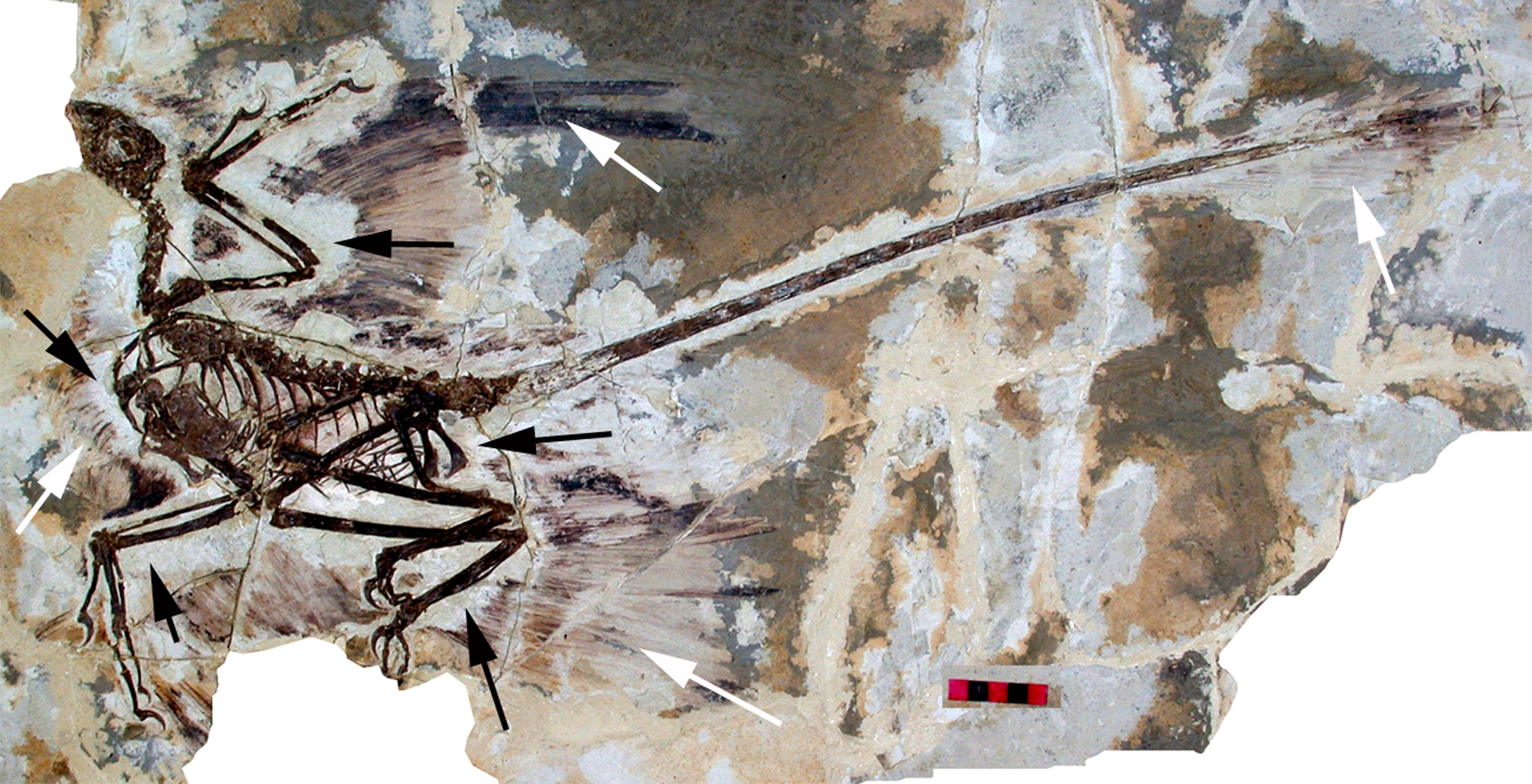
Recent discoveries have revealed that many of the most fearsome dinosaurs were covered in feathers, completely transforming our mental image of these ancient predators. Yutyrannus, a massive tyrannosaur from China, sported a coat of fluffy feathers that would have made it look more like a giant, deadly bird than a scaly monster. These feathers weren’t just for show—they provided crucial insulation for maintaining body temperature.
The famous Utahraptor, one of the largest dromaeosaurids ever discovered, likely had elaborate feathered displays that it used for communication and intimidation. Picture a creature the size of a small truck, armed with massive killing claws, and covered in brilliantly colored feathers that could be raised or lowered to convey mood and intent.
Even more surprising is the discovery that some dinosaurs had iridescent feathers that created shimmering color displays similar to modern hummingbirds. These rainbow-colored dinosaurs used their dazzling plumage to attract mates and establish dominance, proving that beauty and deadly efficiency often went hand in hand in the dinosaur world.
Flight Evolution: The Greatest Innovation in History
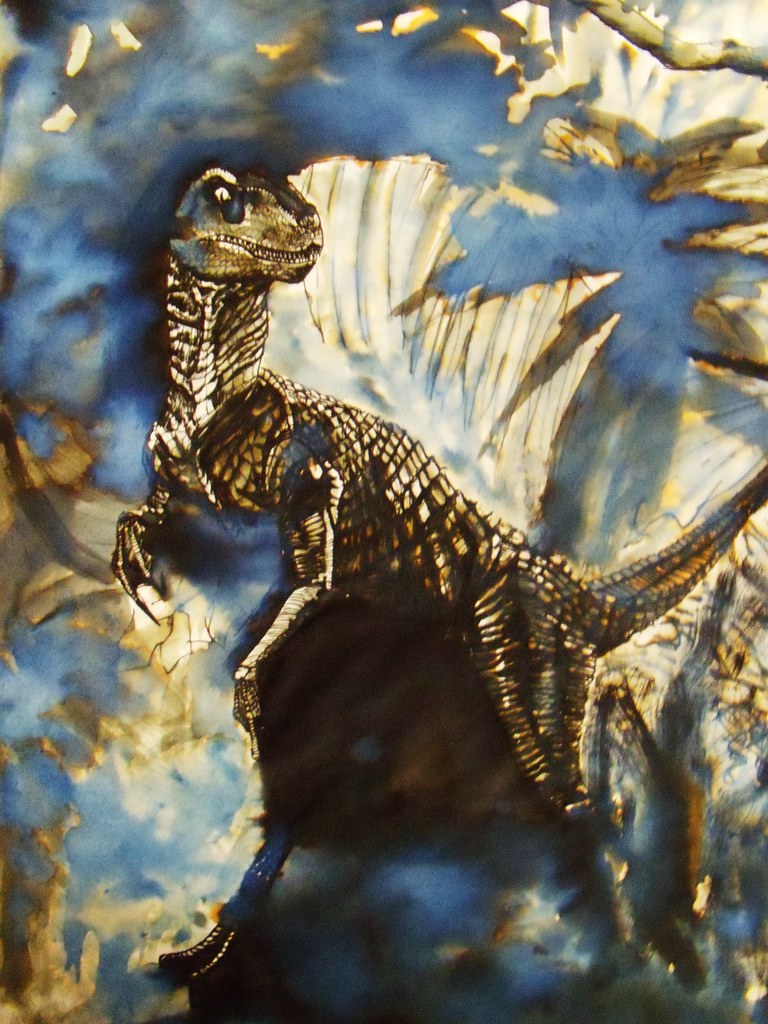
The evolution of flight represents one of biology’s most remarkable achievements, and understanding how dinosaurs developed this ability reveals the incredible adaptability of life on Earth. Flight didn’t evolve overnight—it was a gradual process that took millions of years and involved countless intermediate steps. Some dinosaurs developed the ability to glide between trees, while others used their feathered arms for balance while running at high speeds.
The first powered flight likely emerged from ground-dwelling dinosaurs that used their developing wings to help them run up steep inclines or escape predators. This “ground-up” theory suggests that flight evolved as an extension of terrestrial locomotion rather than from tree-dwelling gliders. The powerful leg muscles that allowed dinosaurs to run at high speeds also provided the foundation for the flight muscles that power modern birds.
Flight opened up entirely new ecological niches that had never been exploited by large vertebrates. Flying dinosaurs could hunt insects in the air, escape ground-based predators, and travel vast distances to find food and mates. This three-dimensional mobility became one of the key factors in their evolutionary success and ultimate survival through the mass extinction event.
Brain Power: Intelligence Across the Ages
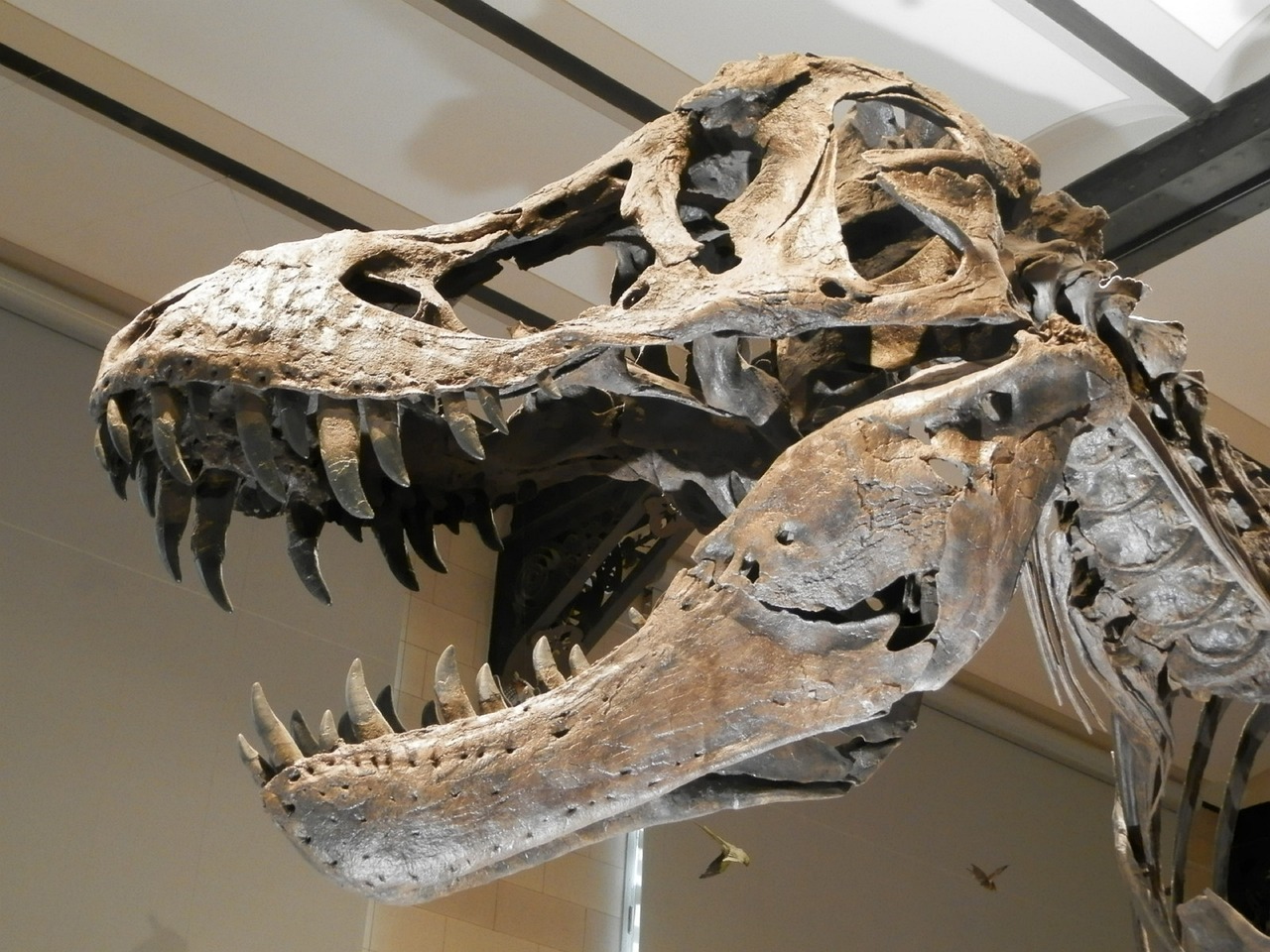
One of the most fascinating discoveries in recent years has been the revelation that many dinosaurs possessed sophisticated cognitive abilities that rival those of modern birds. CT scans of dinosaur skulls reveal brain structures similar to those found in intelligent bird species, suggesting that complex behavior and problem-solving abilities have deep evolutionary roots.
Troodon, a small dinosaur from the Late Cretaceous period, had a brain-to-body ratio comparable to modern birds like parrots and crows. This suggests that some dinosaurs may have been capable of using tools, solving complex problems, and even engaging in rudimentary forms of communication. The large eyes and well-developed optic lobes in their skulls indicate they had excellent vision and could process visual information rapidly.
Modern birds like ravens and African grey parrots demonstrate cognitive abilities that were likely present in their dinosaur ancestors. These birds can use tools, solve multi-step problems, and even show evidence of planning for future events. Such intelligence didn’t evolve overnight—it represents millions of years of refinement that began in the dinosaur lineage.
Social Structures: Pack Hunters and Flock Behavior
Evidence from fossil sites suggests that many dinosaurs lived in complex social groups with hierarchies and cooperative behaviors similar to modern bird flocks. Trackway evidence shows that some dinosaurs traveled in herds, with adults protecting juveniles and coordinating group movements across vast distances. This social behavioprotectedon from predators and increased hunting success.
Pack hunting behavior, famously depicted in movies, was likely a real strategy used by medium-sized dinosaurs like Deinonychus and Utahraptor. These coordinated attacks required sophisticated communication and planning abilities that we still see in modern birds like pelicans and wolves. The ability to work together as a team provided a significant advantage in capturing large prey.
Fossilized bone beds containing multiple individuals of the same species suggest that dinosaurs also gathered in large groups for migration, breeding, or feeding. These mass gatherings mirror the spectacular flocking behaviors we observe in modern birds, from starling murmurations to massive penguin colonies. The social instincts that drive these behaviors have very ancient origins.
Modern Implications: What This Means for Conservation
Understanding the deep evolutionary connection between birds and dinosaurs has profound implications for modern conservation efforts. Birds represent the last surviving branch of one of Earth’s most successful animal groups, making their preservation crucial for maintaining this ancient lineage. Every bird species that goes extinct represents the loss of millions of years of evolutionary history.
The rapid diversification of birds after the mass extinction event also provides hope for conservation biology. It demonstrates that life can recover from even the most catastrophic events, given enough time and opportunity. However, it also reminds us that recovery takes millions of years, far longer than human civilization has existed.
Climate change poses a particular threat to birds because their high metabolic rates and specialized diets make them vulnerable to environmental shifts. The same physiological adaptations that allowed dinosaurs to thrive for millions of years now make their descendants sensitive indicators of ecosystem health. Protecting bird habitats means preserving the last remnants of the dinosaur world.
Conclusion
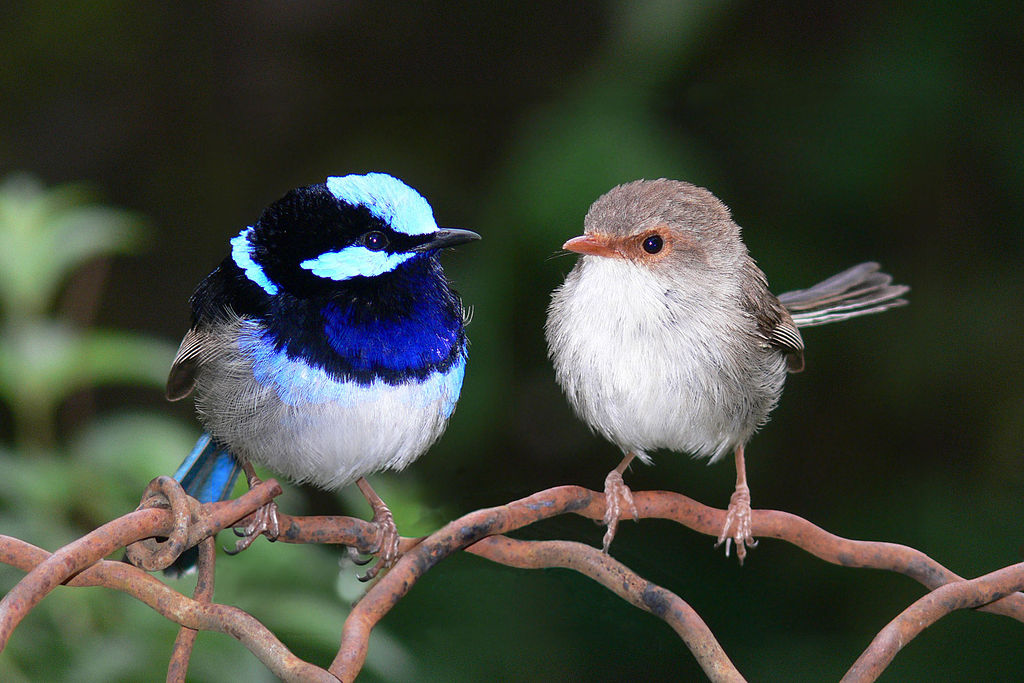
The story of birds and dinosaurs reminds us that evolution never stops, and the creatures we see today are merely the latest chapter in an ongoing saga that spans hundreds of millions of years. Every time we hear a bird sing or watch one take flight, we’re witnessing the continuation of a story that began long before humans walked the Earth. These living dinosaurs carry within them the genetic memory of ancient forests, vast inland seas, and landscapes that existed when the continents were arranged differently on our planet. What secrets might they unlock as we continue to study their remarkable heritage?

